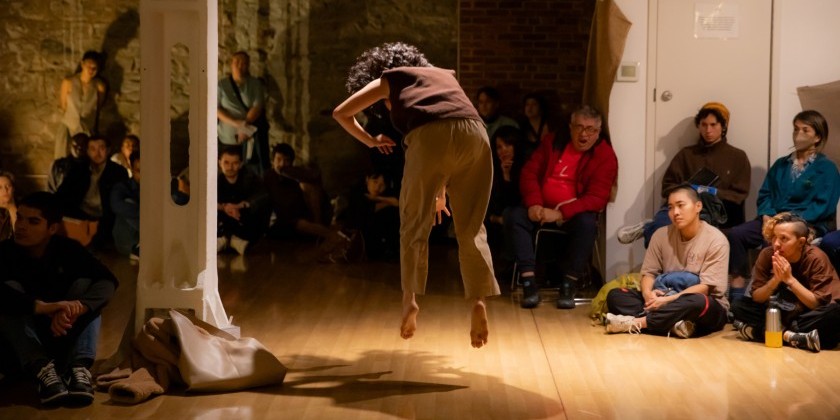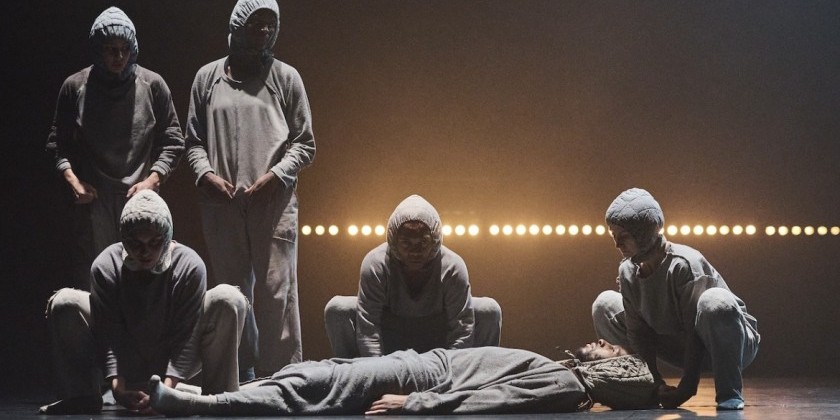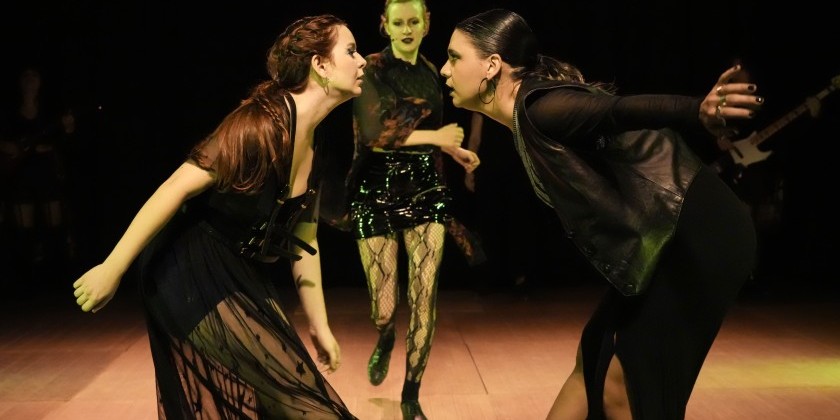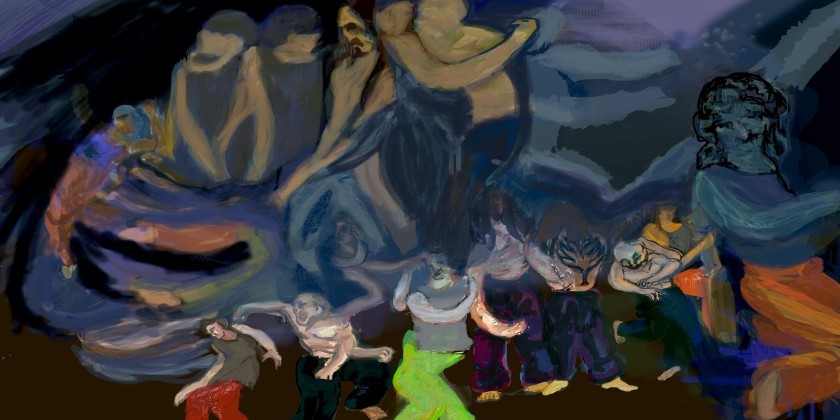AUDIENCE REVIEW: Jessica Chen’s "I Can Almost See You" deftly explores her experience as an Asian American

Company:
J Chen Project
Performance Date:
film released on November 2nd, 2020
Freeform Review:
During unprecedented times for performing artists nationwide, Jessica Chen embraced the challenge: the artistic director and choreographer of J Chen Project reworked a piece she developed in 2019 for the stage - I Can Almost See You - into a dance film. While live performance is dearly missed by dance artists everywhere, Chen took her existing work in progress and made it exponentially effective.
When discussing her vision of this piece, Chen states “[i]t is essential to me to make an impact on the Asian American community through my work. We exist between the East and West, layered with complex feelings of otherness.” Chen’s choreography and direction of this film conjure those sentiments exactly - views of iconic New York scenery starkly contrast the tranquil performance of dancer, Chieh Hsiung. It is with this cultural palette than Chen paints her perspective of the Asian American experience, with the quintessential American city as her canvas.
Chen’s choreography, and David Burton’s editing seamlessly bring the East and the West together. Ethereal images of otherwise bustling Radio City Music Hall, Brooklyn, Bridge, and Time Square weave in and out of one another, while Hsiung floats through them. The movement vocabulary continues to emulate Chen’s initial vision - common Western dance movements, such as passé sauté, developpé, and undercurves/ overcurves in second position, converse with the nuances of traditional Chinese Dai Zu dance. Chen bridges the gap between these two seemingly different worlds that evidently make up the cohesive identity of the Asian American.
Perhaps one of the most alluring aspects of I Can Almost See You is the relationship between Hsiung and her conical hat. For the majority of the film, Hsiung hides her face with the hat, raising the question: how does she view her identity? Does the conical hat - a recognizable article of Asian culture - take the place of her individual identity as an Asian American? Or is the connotation of the hat preventing the performer from feeling connected to not only her Asian roots, but her American culture as well? Is there shame behind the “face” of the hat? Fear? Coyness? Perhaps this is that idea of “otherness” that Chen speaks about.
Eventually, Hsiung shows her face, revealing her personal identity to the audience. Perhaps this is a revelation for her, representing the pride and awareness she possesses as an Asian American. The conical hat moves with her body, brushing against her legs and back. The unmasking is a satisfying way to end the film, as the viewer has gotten a deeper glimpse of who the dancer was and what her efforts to remain hidden meant.
The fusion of American and Asian culture was immensely successful in this film, and could most likely not have been replicated during a staged performance. The ties between New York scenery and Chen’s identity infused into the choreography raised an important point about “belonging” in society as an Asian American. Chen’s experience rings authentic and proud in this dance film, and is a testament to her desire to “…rewrite narratives and deconstruct old forms to imagine new pathways for our stories to reveal all of the facets of our identities.
Author:
Samantha Burns
Website:
dansphere.org
Photo Credit:
Felicia Liang











